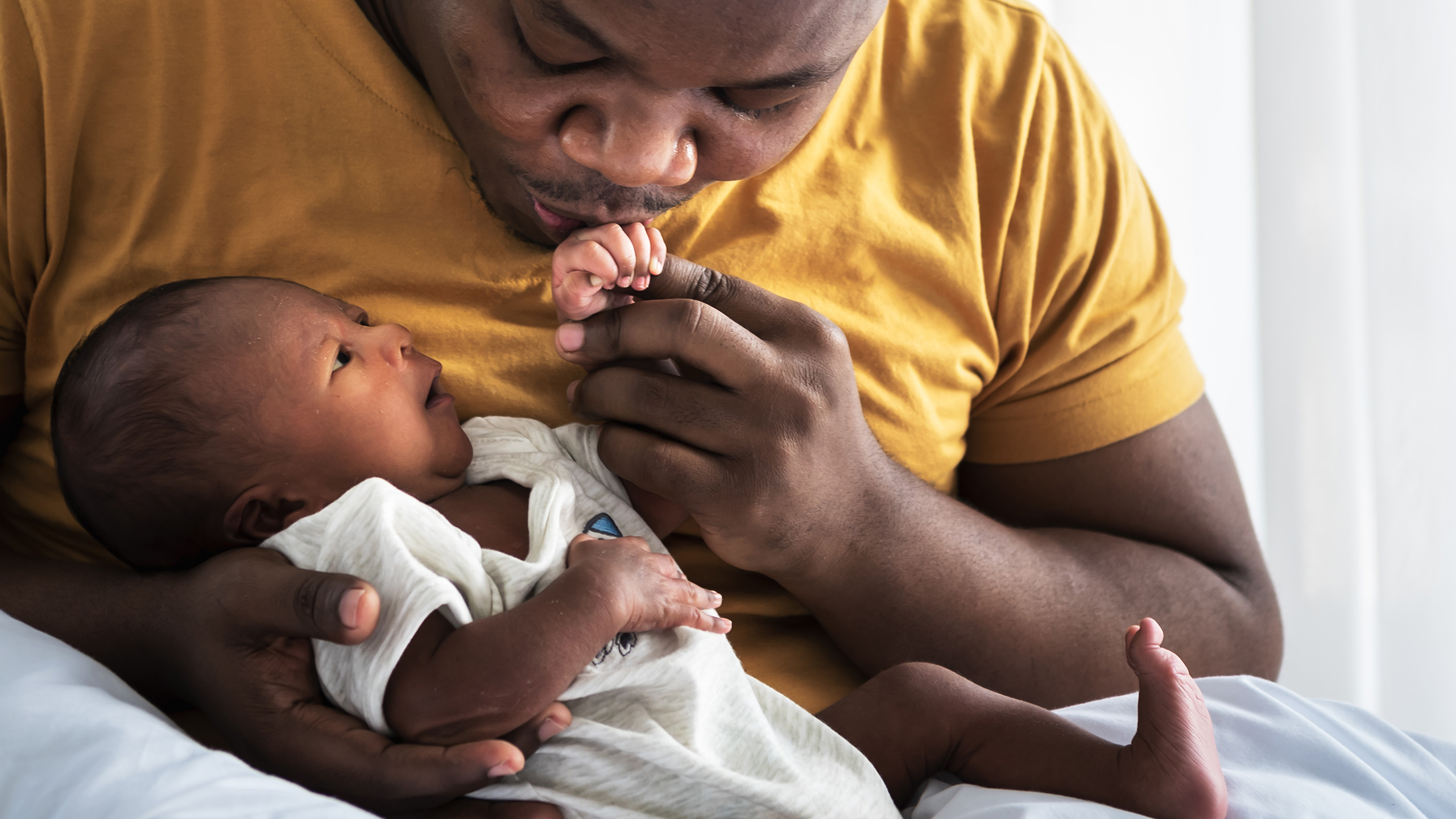Soon after the Supreme Court overturned Roe vs. Wade, Florida Governor Ron DeSantis announced on Twitter that his state would not abandon the many unplanned-for babies soon-to-be born. Florida “will work to expand pro-life protections, and will stand for life by promoting adoption, foster care and child welfare,” DeSantis tweeted. Since then, officials in other states with abortion bans have followed suit by talking up their own “pro-life” plans to beef up child welfare systems. They’ve been crafting legislation that would give child protection agencies more autonomy, looking to raise payments to foster parents, and working to incentivize adoption from foster care.
To some, strengthening a system created to address child abuse and neglect might sound like a reasonable response to restrictive abortion laws. After all, poverty fuels most child welfare involvement, and for many new parents, bringing home a new baby is a financially precarious moment. Even back in the before-Dobbs days of 2022, a shocking 40 percent of babies lived with families who are in poverty or low-income. In places with abortion bans, that proportion is likely to grow, as it is low-income women who most often lack the money, time and child care to head out-of-state for abortions.
But to many, the idea of preparing for forced births by activating a system empowered to forcibly remove children from parents judged as unfit sounds “dystopic.” “This is a coerced family,” said Erin Miles Cloud, co-director of the nonprofit Movement for Family Power and a former family defense attorney. “And then you want to create a condition where the child and parent in the coerced family only gets support if the family is disrupted and separated and the child is put with people who are deemed to be better.”
Thankfully, a host of recent studies by economists point to a far less extreme and more cost-effective way to protect children from maltreatment and foster care: give low-income parents material supports. “Even a small amount of resources either in terms of food or in terms of cash are the difference between being able to provide adequate care for your kid or not,” said Donna Ginther, an economics professor at the University of Kansas.
Ginther is co-author of two recent studies suggesting that strengthening social safety nets reduces child maltreatment and child welfare involvement. In one, published in the peer-reviewed journal Health Affairs, Ginther and her co-authors found that states which made it harder for families to access TANF cash assistance—such as restricting the amount of time a family can receive it, or requiring mothers to return to work before their child turns one—saw a marked rise in both the number of substantiated reports of child maltreatment and the number of children removed from homes and placed in foster care.
If all states had instead made it easier for families to access TANF during the 12 years studied, more than 29,000 fewer children would have entered foster care, the researchers estimate. Considering that at the time of the study, foster care for one child in Kansas cost five times more than the monthly TANF payments for a family of three, that would have added up to huge savings for states. “And that’s not counting the potential negative impact of a child being in foster care,” said Ginther.
In another study also published last year in a peer-reviewed journal, Ginther along with Michelle Johnson-Motomaya of Ohio State University and other co-authors determined that making it easier for families to access SNAP, the program formerly known as food stamps, also reduced a state’s child welfare caseloads; every 5 percent increase in the number of families receiving SNAP reduces a state’s child protective and foster care caseloads between 8 to 14 percent, they estimate. “If a state is more generous with SNAP benefits, that protects kids from entering foster care,” said Ginther.
Such findings are part of a larger body of research demonstrating that material supports given to parents help to keep families intact. A recent report by Chapin Hall at the University of Chicago details the many different forms of assistance that have been linked to lowered child welfare involvement: a higher minimum wage, no-strings-attached cash assistance, lower gas costs, access to subsidized child care, housing help.
Researchers and family advocates say the reason is simple: such supports reduce economic hardship, which makes it easier to parent. About 85 percent of families investigated for child welfare have incomes below 200 percent of the federal poverty line, according to the Chapin Hall report. While poverty is not supposed to be a cause for states to remove a child from home, conditions such as not having money to pay for child care can impact a child’s safety and make a family more likely to be investigated for child maltreatment.
“If you don’t have a home and you’re bumping back and forth between different shelters, that makes it difficult to get to school,” said Miles Cloud. “If you don’t have food, then your kid is hungry, so you’re trapped for the conditions to care for your kid, not your ability to care.”
About one in every three children in the U.S. become part of a child protective investigation at some point in their lives; for Black children, that number rises to more than half. Though most child welfare investigations do not result in a maltreatment finding, they do add strain and stress to already vulnerable families. Some research suggests that in low-income neighborhoods saturated with child welfare cases, parents can be reluctant to seek help for their children for fear of triggering an investigation. This is part of why Miles Cloud and other proponents for abolishing child welfare systems have long called for increases in no-strings-attached material supports for families such as cash assistance and free child care.
Many of the states embracing abortion bans are notorious for their nearly nonexistent social safety nets. Some even direct large chunks of federal TANF dollars that could provide cash assistance to parents into child welfare programs, instead. Miles Cloud said that state child welfare systems, meanwhile, are more likely to offer supports focused on changing behaviors, such as parenting classes or substance abuse treatment, rather than material help, “creating this idea that child welfare involvement is about character flaws and not about money.”
If states want to protect children born due to abortion bans, Ginther said the research is clear on what to do: help parents financially. “If we provided support to the mother and father of that unplanned child, the child would be better off, and that means having a robust social safety net.”

Kendra Hurley
Kendra Hurley is a journalist and researcher focused on cities, families, policy and economic issues. Her journalism has appeared in The Atlantic, Bloomberg's CityLab, Slate and other publications. She was previously a policy researcher and editor at The New School, and also spent several years as a mentor-editor for a magazine written by and for teens in foster care.



